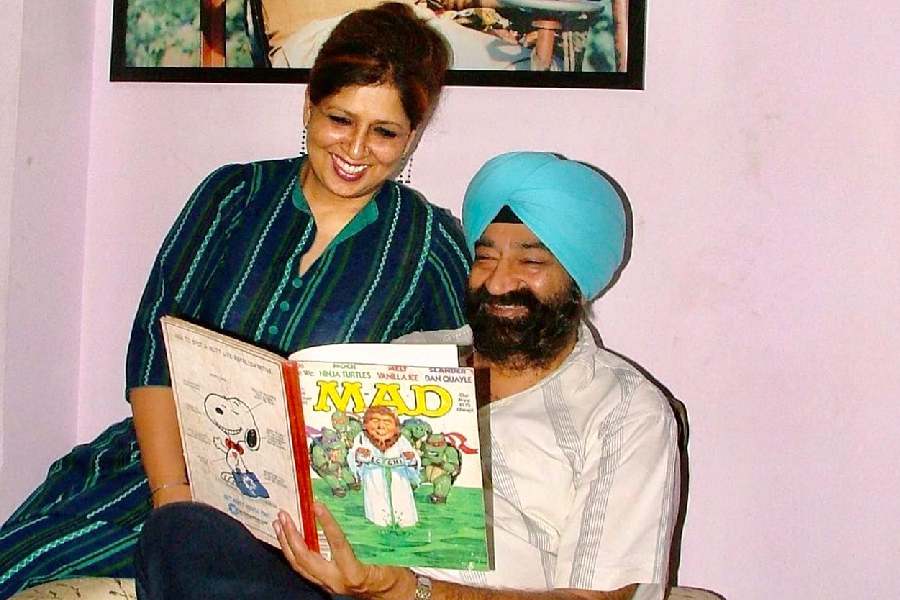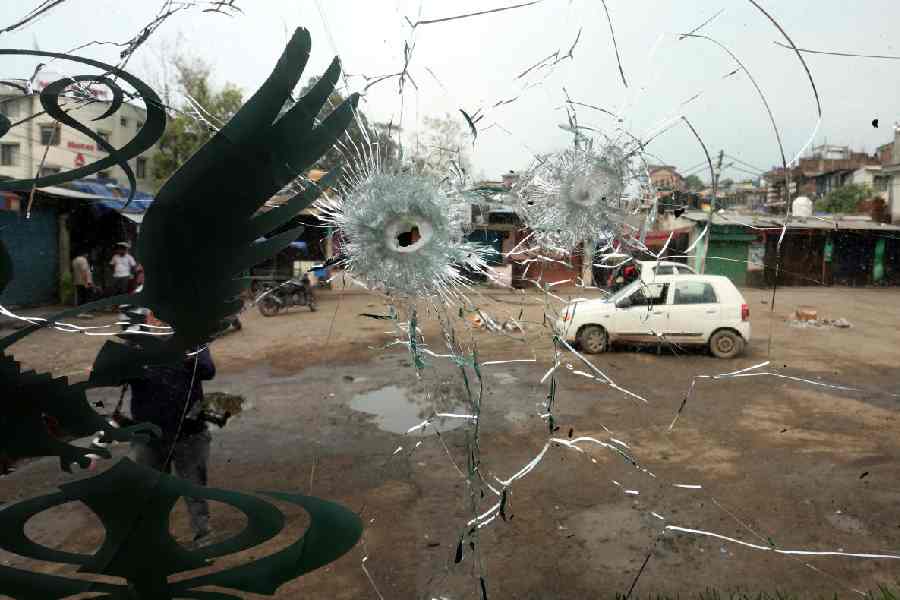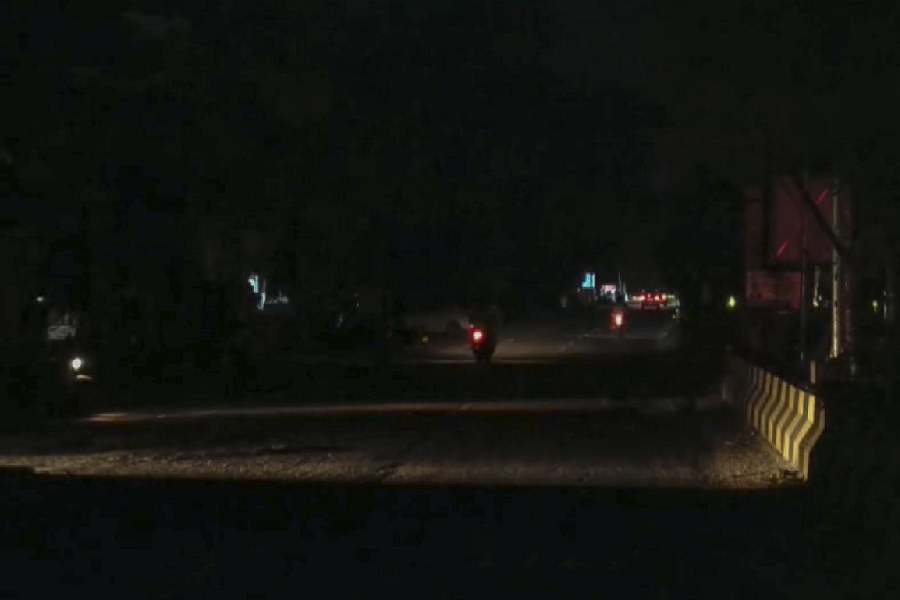 |
| Work on in full swing at a diamond polishing and cutting unit in Surat. Picture by Dharmesh Joshi |
Ahmedabad, Oct. 6: Want diamonds? Fork out the cash.
Business is booming in the diamond hub of Surat, which is riding the surge in demand from the domestic market and from China and West Asia.
Like banks, which squeezed lending as recession set in, what has done the trick is the new business mantra of Surat diamond traders that no credit will be given to buyers.
Just about a year ago, the situation was very different. One after another, polishing units in the diamond hub shut shop, remained closed till well after the Diwali vacation, workers were retrenched, many even committed suicide.
But a year on — the world economy is not out of the woods yet — the diamond polishing industry in Surat seems to be regaining much of its sheen, and even announced its shortest Diwali vacation in four decades to keep pace with the demand.
The turnaround has been the result of two factors. First, a crucial decision by the industry that polished diamonds are to be sold only for cash and no credit would be given to foreign buyers. Second, the rising demand from the domestic market in India and from Hong Kong, China and West Asia. The demand though remains low in the US and Europe, the major buyers of gems and jewellery.
Unit owners say what has helped them turn around is the “innovative decision” that only cash transactions would be allowed. This has ended what was a never ending vicious cycle, streamlined the business and removed defaulters and unscrupulous elements from the system.
Surat Diamond Association president Rohit Mehta explained that credit was usually given for 180 to 365 days. The chain worked like this: the unit owner, who usually made a huge investment, would give credit to the wholesale trader, who would extend the facility to international traders and buyers who in turn would pass it on to retail jewellery manufacturers.
“As a result, the situation was that the unit owners were saddled with a huge stockpile and inventory but no liquidity, we had no money to pay workers,” said a unit owner.
The industry had initially banked on the government for a bailout, but with none forthcoming, it was forced to come up with the cash-only solution to stay afloat.
“It is not that the people here are doubting the credibility of buyers, but they have realised that their business was affected because of somebody else’s problem. If there is one defaulter, the entire credit chain is disrupted, and there were many defaulters,” said Mehta, pointing out that diamond polishers need cash everyday.
At present, the business (cutting and polishing of diamonds) is at 55 per cent as compared to the peak period before the downturn. After Diwali, the industry expects production to go up to 70 per cent as buying for the Christmas season — a major international festival — is expected to begin shortly after the festival.
“We are optimistic that in another six to eight months, the situation will be normal with 100 per cent production. By then one also expects the situation to improve in the US,” said Mehta.
The industry expects that the domestic diamond market, which is presently Rs 20,000 crore, will increase by at least 50 per cent by 2012.
In sharp contrast to last year when diamond units were reluctant to reopen even after the one month-long Diwali vacation — many remained closed for as long as three months — the industry this time will have the shortest vacation, said Mehta.
The rising demand for polished diamond has prompted unit owners to decide that the vacation this year, for the first time in four decades, would be for less than a week. Traditionally, diamond cutting and polishing units close two days before Diwali and reopen after four weeks.
“This year we cannot afford to close our units when buyers are waiting for fresh stocks to arrive in the market. We think this is a good period for the industry which everybody wants to capitalise on,” said a diamond manufacturer.










